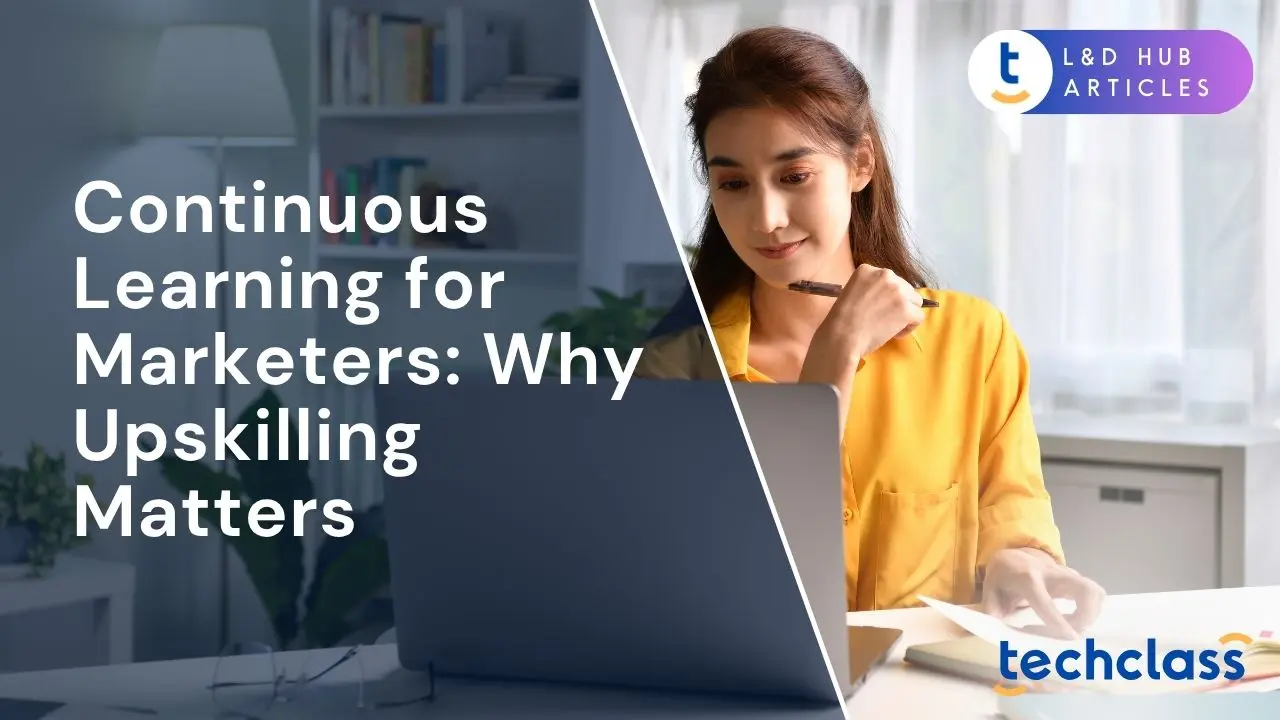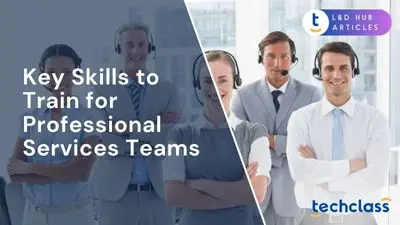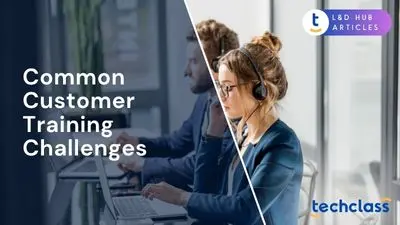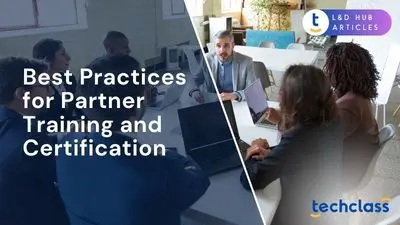
In today’s fast-paced business environment, the world of marketing is evolving at breakneck speed. New technologies, platforms, and consumer behaviors emerge continuously, reshaping how brands connect with audiences. For marketing professionals, keeping skills static is not an option – continuous learning has become essential for survival and success. The pace of change in digital marketing is staggering, from the rise of artificial intelligence (AI) tools to ever-shifting social media algorithms. Marketers must remain agile and open to learning new strategies and technologies just to keep up.
Business owners and HR leaders across industries are recognizing that upskilling – the ongoing development of employees’ skills – isn’t just a “nice-to-have” perk. It’s a strategic imperative. Investing in continuous learning for marketing teams brings immense value, laying a foundation for sustainable success in a rapidly changing landscape. In this article, we explore why upskilling marketers matters more than ever, how it benefits both organizations and individuals, and ways to foster a continuous learning culture that keeps your company competitive.
Modern marketing is defined by constant change. Digital transformation and emerging technologies have dramatically altered how we reach customers. What worked a few years ago might be obsolete today. For instance, the explosion of AI and machine learning in marketing means data analytics and automation are now core skills. New social media platforms can rise (or fall) almost overnight, and search engine algorithms update frequently. As one industry source put it, “The pace of change in digital marketing is staggering”.
Alongside technological shifts, consumer behaviors and expectations are evolving. Today’s customers demand personalized, engaging, and immediate interactions with brands. Meeting these high expectations requires marketers to adopt new tools and methods continuously. Techniques like marketing automation, personalized content powered by AI, and real-time social media engagement weren’t mainstream a decade ago – now they’re indispensable. Marketers who continuously learn can leverage these innovations to craft tailored campaigns that resonate with today’s savvy consumers.
Furthermore, industry standards and regulations (such as data privacy laws or advertising guidelines) change swiftly in the digital age. Continuous learning helps ensure marketers stay ahead of regulatory changes and industry standards, safeguarding the business against compliance risk. In short, the only constant in marketing is change itself, and continuous upskilling is the linchpin that enables teams to adapt quickly and maintain a competitive edge. Companies that fail to support learning risk falling behind more agile competitors in this dynamic landscape.
Investing in employees’ continuous development isn’t just good for them, it delivers significant benefits to the organization. Here are key advantages enterprise leaders and HR professionals should consider:
In summary, upskilling marketers isn’t an expense – it’s a high-yield investment in the company’s future. It drives better performance and innovation today, while future-proofing the organization for tomorrow’s challenges. As one corporate learning expert succinctly noted, “If you’re not learning, you’re not even in the race” in the modern economy. Smart enterprises treat continuous learning as a strategic priority to boost productivity, innovation, and retention.
Upskilling is a win-win: organizations see better results, and employees themselves gain numerous benefits. For marketers, continuous learning can be truly career-defining. Some key benefits for marketing professionals include:
For HR managers and business leaders, supporting these employee-focused benefits is also advantageous. When employees see the personal payoff from upskilling – career progression, skill mastery, and increased confidence – they are more engaged and motivated in their roles. This contributes to a positive cycle: motivated marketers perform better, which further benefits the business. Companies that facilitate professional development engender loyalty and effort that money alone often can’t buy.
How can organizations ensure that continuous learning isn’t just a buzzword but a day-to-day reality? Building a culture of learning requires intentional effort and support from leadership. Here are some strategies for HR professionals and enterprise leaders to cultivate continuous learning within marketing teams (and across the organization):
1. Make Learning Accessible and Ongoing: Encourage learning in the flow of work by providing easy access to educational resources. This could include subscriptions to online learning platforms, an internal library of marketing playbooks, or hosting lunch-and-learn sessions. The goal is to integrate learning opportunities into employees’ regular routines. Many companies are adopting Learning Management Systems or internal academies to facilitate ongoing training – nearly 40% of Fortune 500 firms use LMS platforms to stay competitive. Ensure that learning is not a one-time event but a continuous process, with short modules, webinars, or micro-learning that employees can engage with regularly.
2. Provide Structured Training Programs: While self-driven learning is great, organizations should also offer structured upskilling programs. Consider developing a formal marketing upskilling curriculum or “digital academy.” Topics might range from analytics tools and SEO certifications to creative skills like copywriting or design. For example, Coca-Cola established a Digital Academy to upskill employees on new technologies and analytics; in its first year, it trained over 500 staff through immersive boot camps and e-learning modules, resulting in more than a 20% increase in productivity across pilot sites. This kind of structured program, tailored to the company's needs, ensures that learning is aligned with strategic goals. It also signals the organization’s commitment by investing time and resources into employee development.
3. Lead by Example and Secure Leadership Buy-In: A learning culture starts at the top. Company leaders and marketing heads should champion continuous learning, not only by speech but by their own actions. When executives attend trainings, pursue new certifications, or openly share what they’re learning, it sets a powerful example. Leaders who are dedicated to lifelong learning tend to inspire their teams and create a safe environment for curiosity. Gaining leadership buy-in also means making learning a strategic priority – allocating budget for training and giving employees the time to learn. Notably, one barrier employees cite is the lack of time for extra learning. Leaders can address this by carving out dedicated learning time or being flexible with workloads to accommodate development activities. When the C-suite and HR leadership treat learning as a core part of the job (not an extracurricular), employees will follow suit.
4. Recognize and Reward Learning: To reinforce a learning culture, recognize employees who take the initiative to upskill. This could be as simple as acknowledging new certifications in team meetings or tying skill development to performance reviews and promotion criteria. Some organizations implement gamified learning challenges or offer badges/credits for completed courses. The key is to celebrate learning achievements similarly to how you would celebrate hitting a sales target or launching a successful campaign. Recognition shows that the company truly values growth. Research by Gallup finds that when learning new skills is recognized in the workplace, employees are far more likely to feel encouraged and motivated to keep learning. Even small incentives – like covering conference costs for high performers or giving an “educator’s award” to those who share knowledge – can strengthen the norm of continuous development.
5. Encourage Knowledge Sharing and Mentoring: A cost-effective way to promote continuous learning is tapping into internal expertise. Encourage experienced marketers to share their knowledge through mentoring programs, internal workshops, or even simple knowledge-sharing sessions. Creating cross-functional project teams can also spread skills (e.g., pairing a data analyst with a creative marketer so both learn from each other). When employees teach or mentor, it not only benefits the learners but also reinforces the teachers’ own knowledge. Fostering a collaborative learning environment builds team cohesion as well. For instance, marketing teams that regularly discuss new trends or hold brainstorms on case studies are constantly learning together. This collaborative approach ensures that learning becomes a collective habit, not just an individual pursuit.
6. Align Learning with Career Paths: Work with employees to identify skill gaps and career aspirations, then align upskilling opportunities accordingly. If a social media coordinator wants to become a digital marketing manager, outline the skills they need (perhaps analytics, budgeting, leadership training) and help them pursue those. By creating clear development paths, HR can increase employees’ sense of purpose in learning. It demonstrates that continuous learning is directly tied to advancement within the company, which boosts engagement. As an added benefit, this can address succession planning, upskilling internal talent to fill higher roles, rather than always hiring externally, save cost, and retain institutional knowledge.
By implementing these practices, organizations create a robust learning ecosystem. Over time, continuous learning becomes embedded in the company’s DNA – part of “how we do things.” The result is a marketing team (and broader workforce) that is continuously upgrading its capabilities, highly adaptable, and motivated by growth. In such an environment, employees and business outcomes both thrive.
To truly appreciate the impact of continuous learning, consider a real-world example. Coca-Cola – a global brand with a massive workforce – recognized that staying ahead in the digital age required upskilling at scale. The company launched a comprehensive digital upskilling initiative to modernize its operations and marketing. Central to this effort was the creation of a Digital Academy aimed at training managers and frontline leaders in new digital skills.
In the Academy’s inaugural year, Coca-Cola trained more than 500 employees through a combination of immersive “boot camp” workshops, hands-on technology training, and online modules. Participants learned about data analytics, automation, and other digital tools relevant to marketing and supply chain operations. The results were striking: graduates of the program helped implement around 20 new digital solutions across the company’s facilities, boosting productivity and throughput by over 20% in those areas. Encouraged by this success, Coca-Cola rapidly expanded the upskilling program with a goal of reaching 4,000 employees across the organization.
This case study underscores several points. First, top-level buy-in was crucial – Coca-Cola’s leadership treated digital upskilling as a strategic priority (even discussing it at the board level) to drive transformation. Second, structured learning with measurable outcomes (projects implemented, efficiency gains) helped build the business case that training pays off. The fact that such a large, established company invested heavily in a learning academy sends a clear message: continuous learning is indispensable for navigating modern business challenges. Coca-Cola’s marketing and operations teams emerged more technologically savvy, innovative, and agile – precisely the traits needed to remain a market leader.
While not every company will undertake a program of this scale, the principles apply universally. Whether it’s a mid-size enterprise encouraging its marketing staff to get certified in Google Analytics, or a startup reimbursing online courses in social media strategy, the act of upskilling employees can yield tangible improvements. It might lead to more efficient campaigns, higher customer engagement, or simply a faster go-to-market process because the team is more competent with new tools. The Coca-Cola story is a powerful testament that investing in people’s skills fuels organizational growth – a lesson any business owner or HR leader can take to heart.
In an era where change is the only constant, the most resilient organizations are those that learn faster than the competition. This is especially true in the field of marketing, which sits at the intersection of technology, business, and human behavior, all domains prone to rapid evolution. For HR professionals and enterprise leaders, the takeaway is clear: continuous learning is not a luxury for marketers, but a necessity. Upskilling should be viewed as a strategic investment in your company’s adaptability, innovation, and long-term success.
By fostering a culture that values and rewards learning, businesses equip their marketing teams to meet today’s challenges and tomorrow’s opportunities. The companies that thrive will be those with marketers who continually refresh their skills, experiment with new ideas, and pivot as needed in the face of change. Conversely, organizations that neglect development may find their marketing strategies becoming stale and ineffective as the world moves on.
For the marketers themselves, embracing lifelong learning is equally crucial. It keeps your career future-proof and fulfilling. The mindset of always staying curious and open to growth will not only make you better at your current job but also open doors to roles and possibilities you might not have imagined. In marketing, as in any knowledge-driven field, there is always something new to learn. This continual reinvention is what keeps the work exciting and rewarding over the long run.
In conclusion, upskilling is a powerful catalyst: it drives business outcomes by unleashing employees’ potential, and it propels individuals forward by expanding their horizons. The world of marketing will continue to transform with emerging technologies like AI, new consumer trends, and data-driven approaches. By committing to continuous learning now, marketers and employers together can navigate these shifts confidently. The message for leaders is simple – if you invest in developing your people, they will invest their talents in the growth of your business. Continuous learning for marketers isn’t just about staying relevant; it’s about seizing the future and ensuring that both your team and your organization remain at the forefront of your industry.
Continuous learning helps marketers stay current with evolving technologies, consumer behaviors, and industry standards, ensuring they remain competitive and adaptable.
Upskilling enhances innovation, productivity, ROI, agility, and employee retention, ultimately driving better business performance in a rapidly changing landscape.
It expands skill sets, boosts career growth, increases earning potential, and fosters confidence and creativity, making marketers more versatile and valuable.
By providing accessible resources, structured training, leadership support, recognition, knowledge sharing, and aligning learning with career paths.


